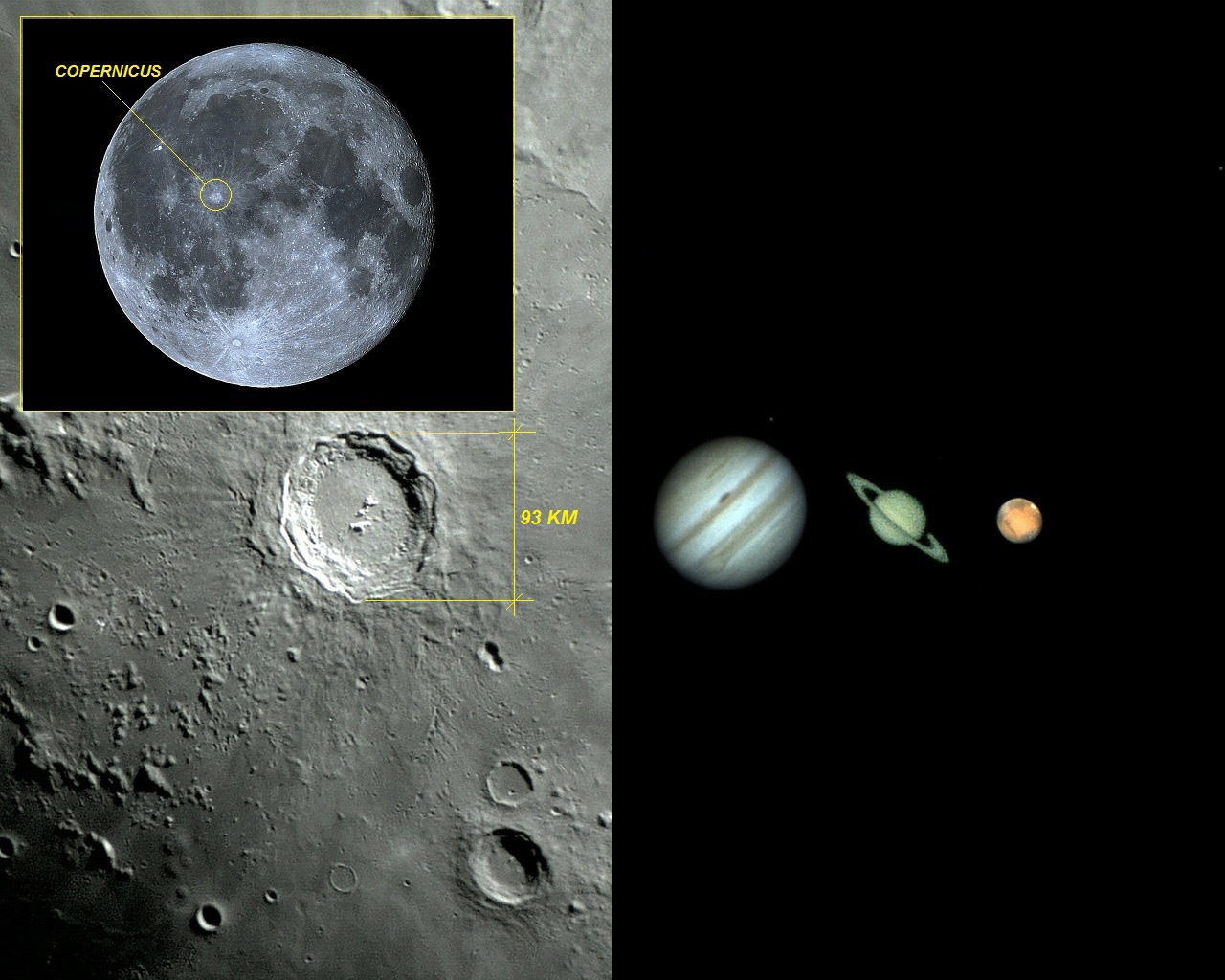Difference between revisions of "March 11, 2012"
| (3 intermediate revisions by the same user not shown) | |||
| Line 1: | Line 1: | ||
__NOTOC__ | __NOTOC__ | ||
=Cosmic Giant= | =Cosmic Giant= | ||
| + | <!-- Start of content --> | ||
<!-- ws:start:WikiTextHeadingRule:0:<h1> --> | <!-- ws:start:WikiTextHeadingRule:0:<h1> --> | ||
<!-- ws:start:WikiTextLocalImageRule:6:<img src="/file/view/LPOD-Mar11-12.jpg/309710098/LPOD-Mar11-12.jpg" alt="" title="" /> -->[[File:LPOD-Mar11-12.jpg|LPOD-Mar11-12.jpg]]<!-- ws:end:WikiTextLocalImageRule:6 --><br /> | <!-- ws:start:WikiTextLocalImageRule:6:<img src="/file/view/LPOD-Mar11-12.jpg/309710098/LPOD-Mar11-12.jpg" alt="" title="" /> -->[[File:LPOD-Mar11-12.jpg|LPOD-Mar11-12.jpg]]<!-- ws:end:WikiTextLocalImageRule:6 --><br /> | ||
| − | <em>image by [mailto:tolentino@fumec.br | + | <em>image by [mailto:tolentino@fumec.br Ricardo José Vaz Tolentino]</em><br /> |
<br /> | <br /> | ||
This picture shows the comparison of the sizes of Jupiter, Saturn, Mars and the crater Copernicus, when photographed by the same telescope and camera. It is important to note that Jupiter has about the same angular diameter of the crater Copernicus, which has 93 km in diameter. Therefore, our natural satellite is a huge extraterrestrial territory to be explored, keeping many surprises to be discovered.<br /> | This picture shows the comparison of the sizes of Jupiter, Saturn, Mars and the crater Copernicus, when photographed by the same telescope and camera. It is important to note that Jupiter has about the same angular diameter of the crater Copernicus, which has 93 km in diameter. Therefore, our natural satellite is a huge extraterrestrial territory to be explored, keeping many surprises to be discovered.<br /> | ||
<br /> | <br /> | ||
| − | <em>[mailto:tolentino@fumec.br | + | <em>[mailto:tolentino@fumec.br Ricardo José Vaz Tolentino]</em><br /> |
<br /> | <br /> | ||
<strong>Technical Details</strong><br /> | <strong>Technical Details</strong><br /> | ||
| Line 21: | Line 22: | ||
<br /> | <br /> | ||
<strong>Related Links</strong><br /> | <strong>Related Links</strong><br /> | ||
| − | Ricardo's [HTTP://www.vaztolentino.com.br | + | Ricardo's [HTTP://www.vaztolentino.com.br website]<br /> |
<br /> | <br /> | ||
| + | <p><b>Yesterday's LPOD:</b> [[March 10, 2012|Plato Plus]] </p> | ||
| + | <p><b>Tomorrow's LPOD:</b> [[March 12, 2012|Magnetic Ejecta]] </p> | ||
<hr /> | <hr /> | ||
| + | {{wiki/ArticleFooter}} | ||
Latest revision as of 13:57, 8 February 2015
Cosmic Giant

image by Ricardo José Vaz Tolentino
This picture shows the comparison of the sizes of Jupiter, Saturn, Mars and the crater Copernicus, when photographed by the same telescope and camera. It is important to note that Jupiter has about the same angular diameter of the crater Copernicus, which has 93 km in diameter. Therefore, our natural satellite is a huge extraterrestrial territory to be explored, keeping many surprises to be discovered.
Ricardo José Vaz Tolentino
Technical Details
Dates / Times:
Copernicus: 07/10/2011; 21:54 Local Time;
Jupiter: 11/10/2011; 00:44 Local Time;
Saturn: 02/15/2011; 04:03 Local Time;
Mars: 02/26/2012; 23:53 Local time.
Telescope & Câmera:
SkyWatcher DOB 12" Collapsible;
ORION StarShoot Solar System Color Imaging Camera III.
Related Links
Ricardo's website
Yesterday's LPOD: Plato Plus
Tomorrow's LPOD: Magnetic Ejecta
COMMENTS?
Register, Log in, and join in the comments.



